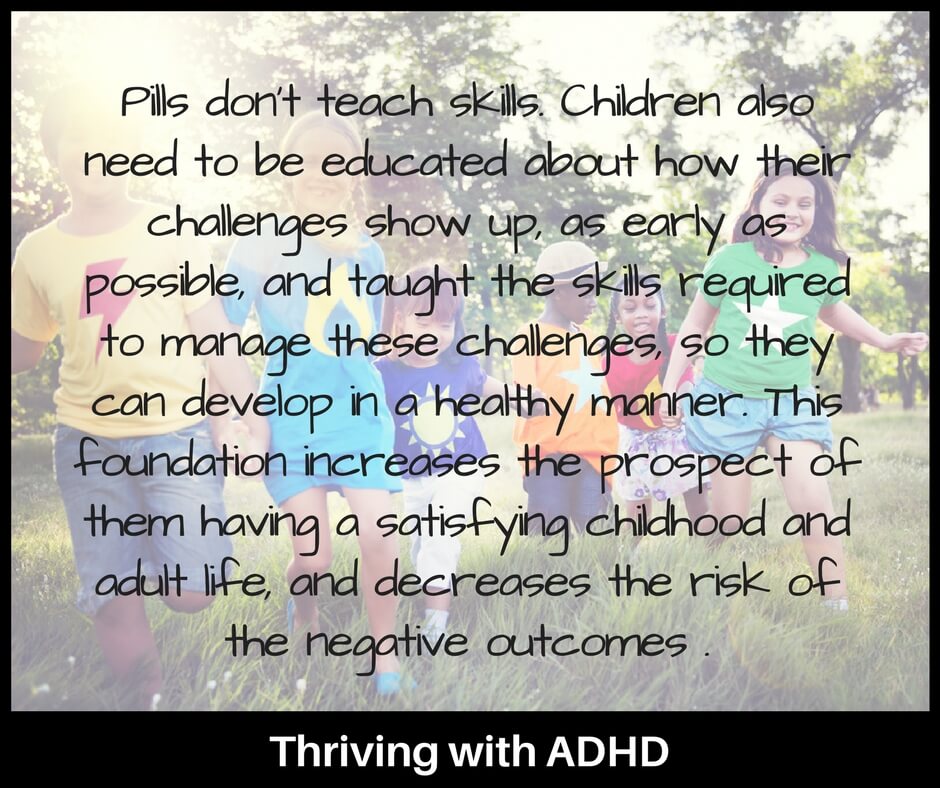
ADHD Made Simple
Due to structural and neurochemical differences in the brain, children with ADHD fail to develop the ability to self-regulate (or control) their thoughts, words, behaviour and emotions in line with their peers.
When a child does not develop the ability to self-regulate, they will typically struggle to do what is asked of them and may act in a way that is deemed socially unacceptable. This concept can be very hard for those without any real executive function challenges to grasp. It seems pretty simple to them – when faced with something that you have to do but really don’t want to, you simply press your imaginary just get it done button, and ta-da! You make it happen.
The assumption that everyone has a well-functioning just get it done button, (as well as the fact kids with ADHD’s vary in their ability to meet ‘expectations’ depends upon the situation they are in and the demands placed upon them), leads to the false belief that if these children are not doing as expected, it’s because they are wilfully being naughty or disobedient.
However, by examining the scientific research it is evident that this assumption is just not true. That the real reason kids with ADHD cannot self-regulate and ‘just do what they are told’ is because they lag behind in developing their executive function abilities by approximately 30%. This lag also tends to remain as they mature, as most children with ADHD only go on to develop around 70-80% of the executive function capacity of an average neurotypical adult.
Executive functions
Executive functions is the name given to the mental processes that people rely on to control themselves and get things done, even when they find the required task boring or tedious, and the reward for effort is delayed.
According to Russell Barkley (2015) there are 6 executive functions (or self-directed actions):
- Self-awareness which comes from wilfully directing one’s attention inwardly to become aware of one’s thoughts, feeling, motivators and behaviour.
- Inhibition or self-restraint. This complex process involves:
- delaying one’s initial reactionary response to a stimulus
- redirecting one’s attention inwardly and paying selective attention to the process of contemplating the future, whilst inhibiting intrusive external or internal stimulus
- choosing an appropriate self-determine response (words and behaviours).
- Non-Verbal Working Memory which is the ability to recall visual imagery or pictures, as well as sound, taste, touch, smell, and to use this information to sense the hypothetical future.
- Verbal Working Memory which is the ability to use internal speech for self-instruction, self-reflection, self-soothing and problem solving, and to invent personal rules that govern one’s own behaviour.
- Self-motivation or self-directed control which is the ability to weigh-up the outcome benefits of possible options in order to choose one which maximises goal attainment, even when there is no immediate consequence.
- Planning or problem solving which is the ability to flexibly manipulate and analyse information, to generate new ideas and to play with these ideas in order to find new approaches or solutions to problems/obstacles, and to plan interventions in order to obtain goals.
By understanding the reason behind a child with ADHD’s challenging behaviour, parents and teacher are better able to put in place the supportive scaffolding children with ADHD require in order to develop in a healthy manner and to negotiate life successfully.
To gain a more in depth understanding of ADHD, please go here.

